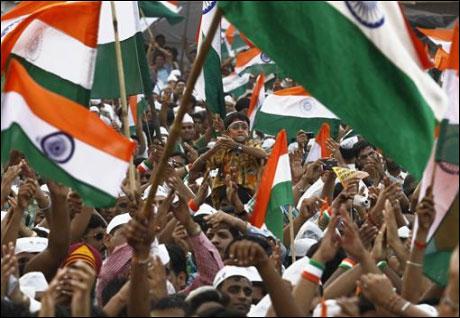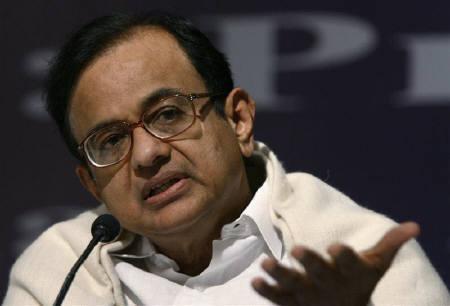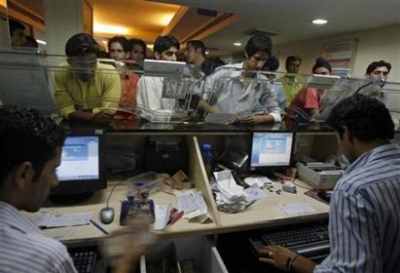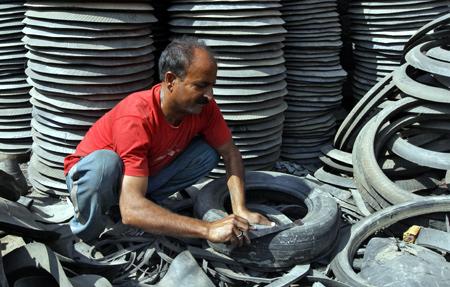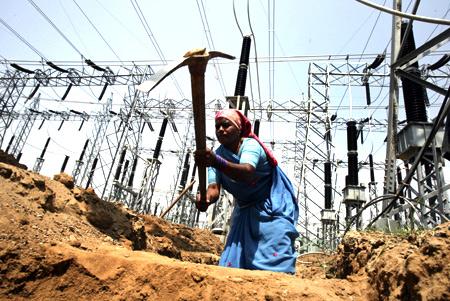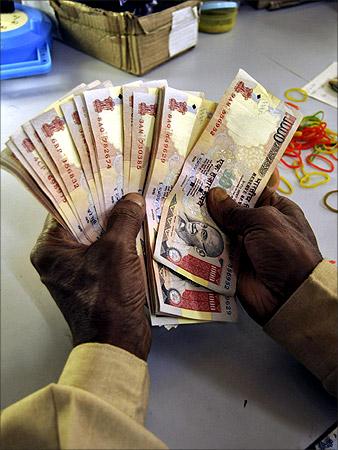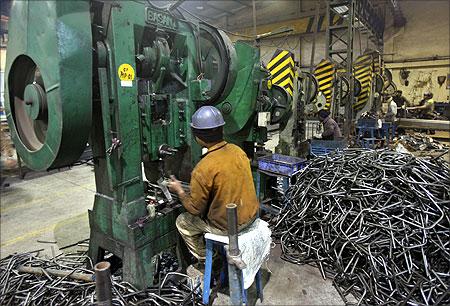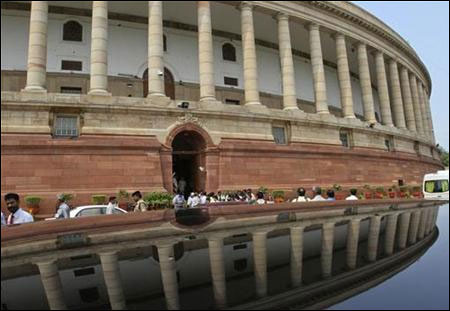 | « Back to article | Print this article |
How India can achieve long-term fiscal stability
The Kelkar committee report on fiscal consolidation focuses, quite understandably, on the next three years, because it is the near-term impact of an uncontrolled fiscal deficit on inflation and external confidence that is worrying the finance ministry.
This column deals with the longer-term fiscal prospect, which requires much more than the immediate fixes of subsidy rationalisation and better tax administration.
In the longer term, the key goal has to be to raise the tax-to-GDP ratio since public expenditure as a proportion of gross domestic product is bound to go up -- basically because of two trends that will push up demands on the budget.
The first is the need for social protection, as traditional systems of family support get eroded.
Click NEXT to read further. . .
How India can achieve long-term fiscal stability
And the second is the need to subsidise some parts of urban infrastructure. Every capitalist economy has had to do this, and there is no reason to suppose that India will be exempt from this historical trend.
In a broad sense, social welfare expenditures are already a part of central and state Budgets, in the form of schemes like the Mahatma Gandhi National Rural Employment Guarantee Act and the Sarva Shiksha Abhiyan, as well as the salaries and maintenance expenditures for schools, health centres and so on.
In the revised estimates for 2010-11, the expenditure of the Centre and states together on food subsidies, education, health, rural development and social welfare amounted to Rs 5.9 lakh crore (Rs 5.9 trillion), which is 7.7 per cent of GDP at market prices and 31.9 per cent of public revenue expenditure.
Click NEXT to read further. . .
How India can achieve long-term fiscal stability
These ratios have risen from their 1990-91 level, when these expenditures were six per cent of GDP at market prices and 28.7 per cent of revenue expenditure.
Social protection expenditures will only go up as we move steadily from discretionary delivery of assistance to entitlement-based programmes, where the expenditure commitment becomes open-ended.
There is, of course, the challenge of stopping leakages and corruption in these schemes.
But the real need is for a complete restructuring of these expenditures into an organised social security system with clearly specified entitlements for things like old age and disability pensions; child allowances; scholarships, vouchers or other forms of household-level support for education; basic healthcare and health insurance; income support for the destitute, and so on.
Click NEXT to read further. . .
How India can achieve long-term fiscal stability
The other big demand on the public budget will come from the rapid pace of urbanisation.
In India public expenditure (revenue plus capital) on housing and urban development rose from one per cent of total public expenditure in 1990-91 to 2.8 per cent in the revised estimates for 2010-11.
This does not include the heavy costs of urban rail transit systems, urban roads, flyovers and so on.
Practically, any country with a liveable urban environment has had to provide public funding for a significant part of the cost of basic municipal services (water supply, sewerage, waste disposal), for low-cost housing and for urban transport.
Click NEXT to read further. . .
How India can achieve long-term fiscal stability
Some part of this burden on the capital expenditure side can be met by finding ways of capturing the increase in urban land values for these purposes.
But there is no escaping the fact that the running costs of city infrastructure have had to be subsidised the world over.
It would be prudent to assume that these expenditures on social protection and urban services will amount to around 10 per cent of GDP by the end of the decade.
They are best financed by revenue resources rather than borrowings.
There could be other upward pressures on revenue expenditures, which amounted to about 24 per cent of GDP according to 2010-11's revised estimates.
Click NEXT to read further. . .
How India can achieve long-term fiscal stability
Hence an increase in the tax-to-GDP ratio must be a key goal for the finance ministry.
The tax-to-GDP ratio for central and state taxes together is 16.6 per cent in the Budget estimates for 2011-12.
It reached the 15 per cent level by the mid-1980s and has meandered up and down since then, falling to about 13 per cent by 1998-99, rising to a peak of 17.5 per cent in 2007-08 and falling since then.
This recent fall is largely because the tax-to-GDP ratio for central taxes declined by 1.5 per cent of GDP.
This has to change if the Budget is to cope with the expenditure pressures that are ahead of us.
Click NEXT to read further. . .
How India can achieve long-term fiscal stability
An increase in the tax-to-GDP ratio will require a closer look at rates and at compliance with both direct and indirect taxes.
On indirect taxes, a lot depends on the implementation of the goods and services tax, or GST, and one hopes this will happen soon enough.
With regard to direct taxes, the Comptroller and Auditor General's report for direct taxes in 2008-09 contained some disturbing information on the widening of the tax base. According to this report, in 2008-09 the number of corporate and non-corporate assessees fell.
It also points out that in 2008-09 more than half of PAN card holders did not file returns.
Income tax rates also need to be examined for their impact on the tax-to-GDP ratio.
Click NEXT to read further. . .
How India can achieve long-term fiscal stability
The peak income tax rate declined steadily from the mid-1970s onwards till we reached P Chidambaram's 30 per cent/three-slab structure in 1997-98.
Since then the exemption limit has been raised by a factor of five, and the level at which the peak rate applies has risen by a factor of 6.7 -- the latter increase took place after the United Progressive Alliance took over in 2004.
This pace of upward adjustment in income tax rates seems to be much more than can be justified by the rate of inflation, as the wholesale price index in 2011-12 was about 2.2 times its level in 1997-98.
Click NEXT to read further. . .
How India can achieve long-term fiscal stability
In the case of corporation tax, the problem lies not in the rate but in the cornucopia of concessions.
They amounted to a little over one per cent of GDP in 2010-11 before adjustment for the minimum alternate tax, or MAT.
The MAT, much criticised by industry, has helped raise the effective rate steadily since 2006-07, though its current level of 24.1 per cent is still well below the statutory rate of 33.2 per cent.
The Kelkar committee proposals are the least that we need to do to meet the immediate fiscal challenge.
But we also need a longer-term fiscal strategy that takes a realistic view of expenditure demands and then calibrates the tax base and rates to match these.
If we fail to do this, then we are heading for a fiscal meltdown that will make nonsense of all our ambitious growth targets.
